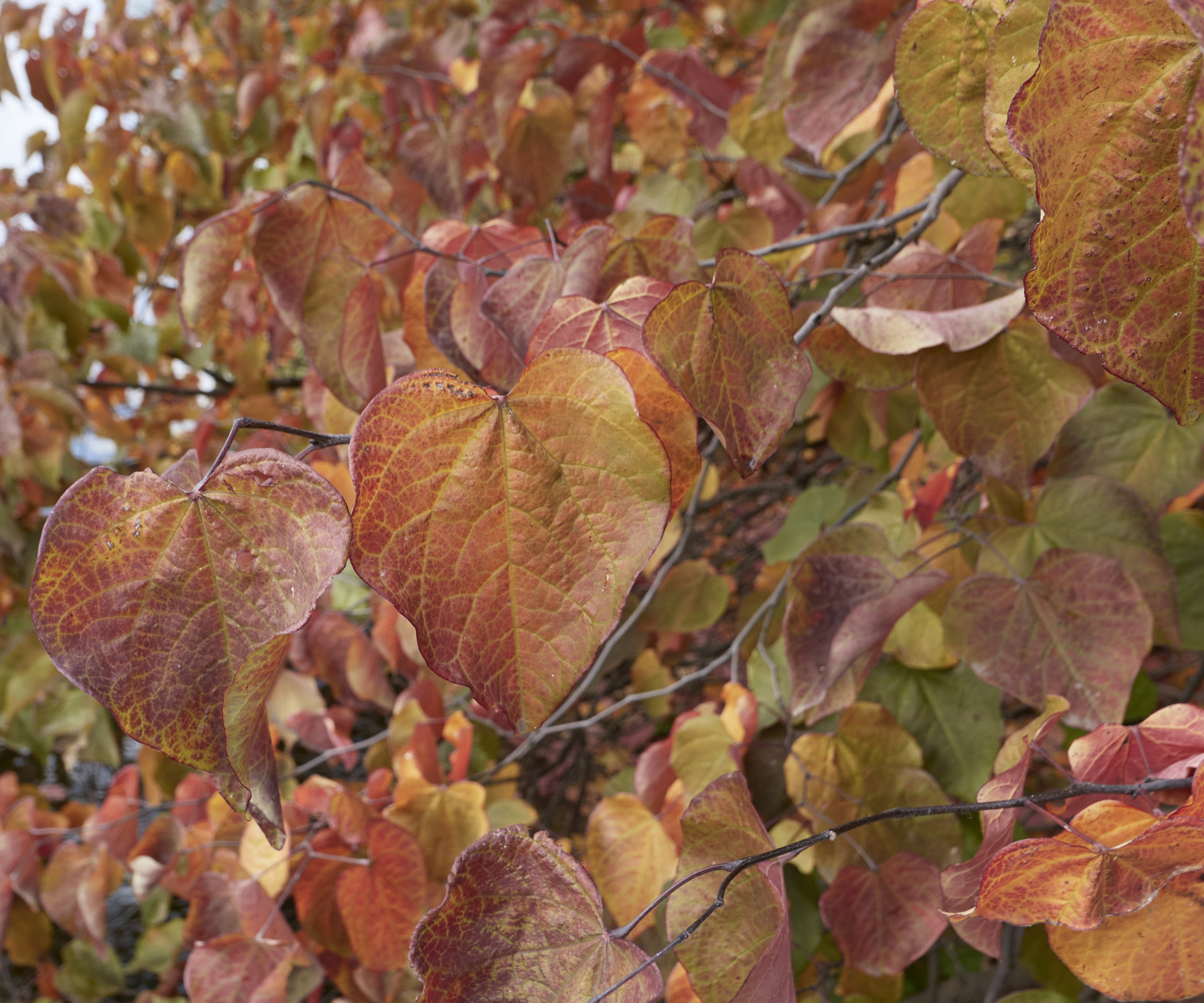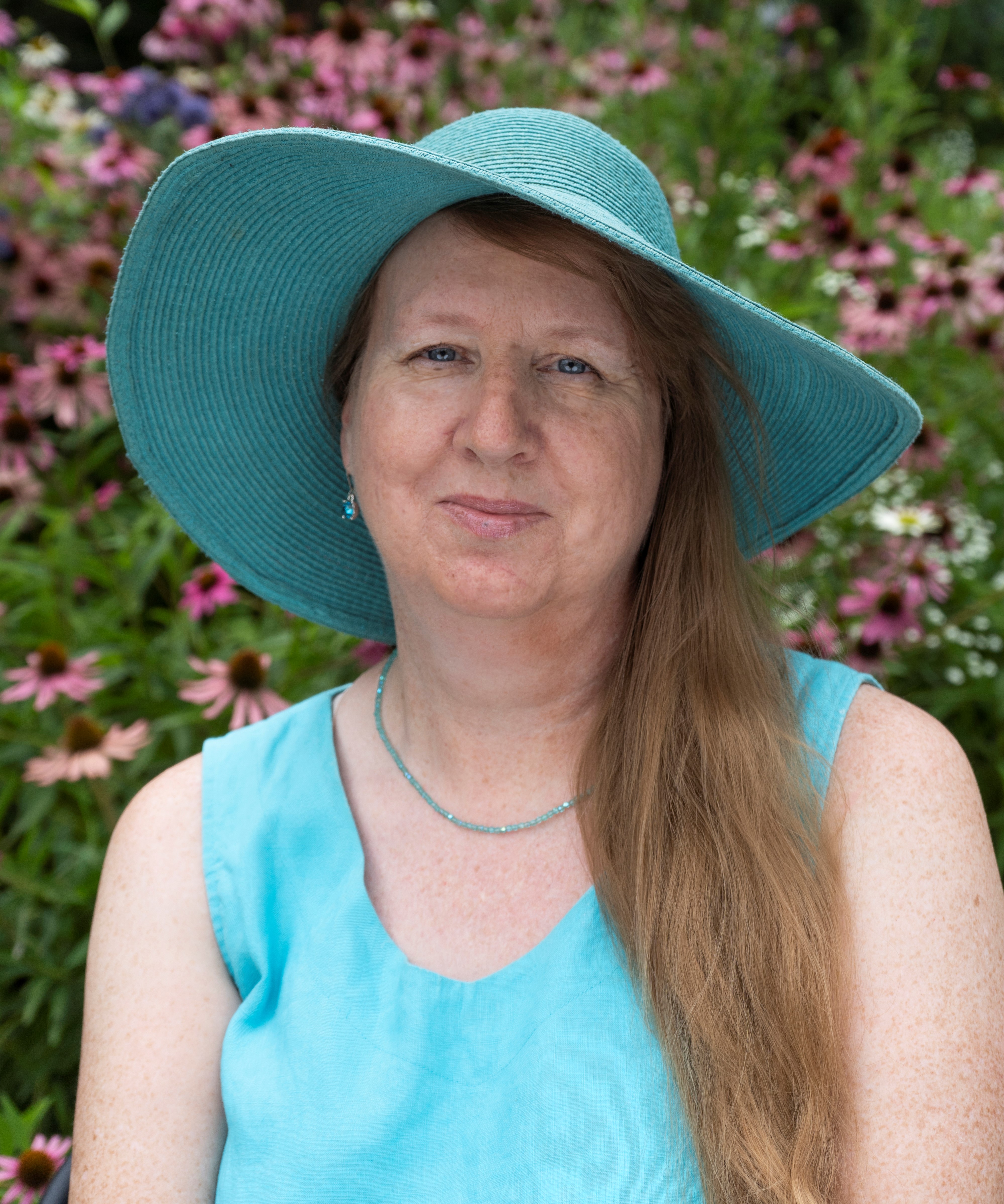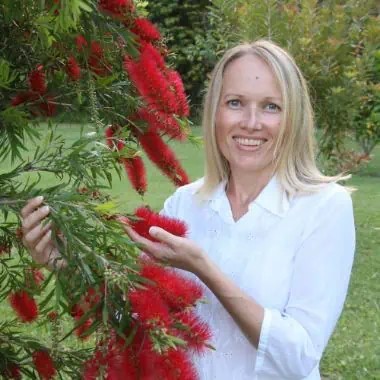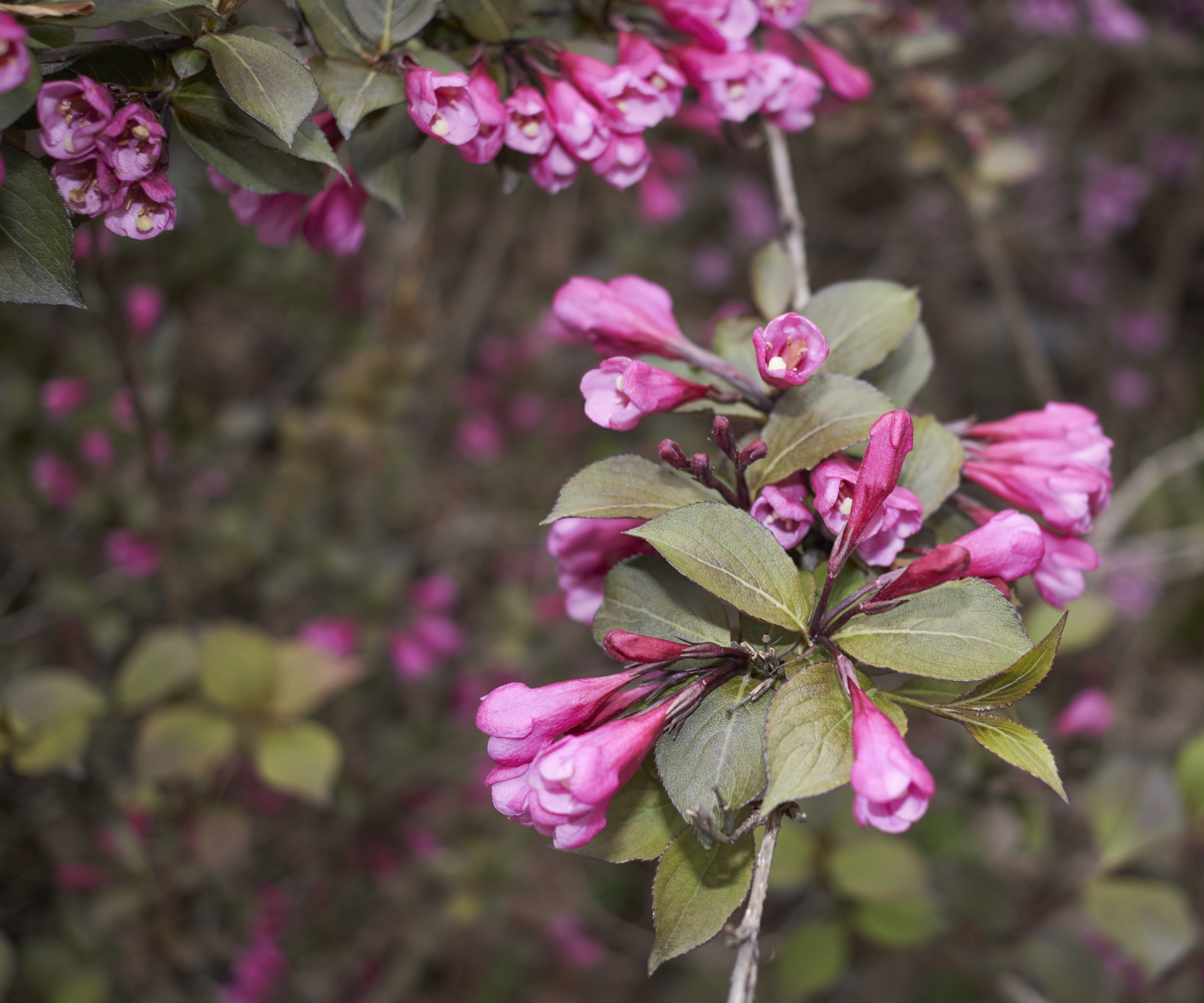Best shrubs with dark foliage – 5 plants that can add drama to any space
Experts recommend the best shrubs with dark foliage, which can be planted during late winter and early spring


Shrubs with dark foliage can add drama to any outdoor space. Often considered some of the best shrubs for the front of the house, plants with red, plum and crimson foliage create a unique spectacle and talking point, punctuating borders that are largely colored in different hues of green.
In addition to the aesthetic appeal of purple or red foliage, many shrubs with dark foliage are considered some of the best flowering shrubs. Dark varieties of elderberry, as seen in the picture above for example, produce delicate pink blossoms in spring as well as dark purple foliage that is filigree-like in shape, providing interest across different seasons.
Whether grown as a feature shrub in a container or planted in a garden border to complement and contrast with other plants, these shrubs will certainly add impact to your plot. Read on to discover the best shrubs with dark foliage, as recommended by experts, that you can add to your yard this year.

Best shrubs with dark foliage
Shrubs with dark foliage add impact and interest when planted in borders or containers. We spoke to the experts who have shared their top picks for shrubs with burgundy and purple foliage.
1. Elderberry

Elderberry is considered one of the best fast-growing shrubs, bearing attractive berries and blossom in the spring and summer months.
Growing well in US hardiness zone 3 - zone 8, this adaptable shrub has a preference for a sunny position, ideally with some protection from the afternoon sun. In too shady a position, elderberry shrubs will produce fewer flowers and berries, which might not be a problem if you are solely looking for a foliage plant. Dark leaves can range from purple to almost black in color, depending on both lighting and soil.
Blooming from late spring, established elderberry plants produce masses of tiny flowers that are popular with pollinators, and can also be harvested and used to make delicious elderflower cordial.
Design expertise in your inbox – from inspiring decorating ideas and beautiful celebrity homes to practical gardening advice and shopping round-ups.
2. North American redbud

Of all the shrubs and trees with dark foliage, the North American redbud, Cercis canadensis 'Forest Pansy' is surely the one to pick. 'I have grown the dark redbud and still love seeing it in the yard,' says Kathy Jentz, plant expert and editor of the Washington Gardener Magazine.
Often grown as a flowering shrub for full sun positions, the North American redbud grows well in US hardiness zone 5 - zone 9 and is a good choice for those looking to incorporate native planting.
It is a dramatic shrub or small tree, notable for its heart-shaped leaves that unfurl in spring in shades of deep crimson, before darkening to plum and purple over the summer.
'I recommend planting groundcover plants, such as bunchberry dogwood, around the base of small urban trees,' Kathy continues. 'Doing so helps to keep mowers and strimmers away from the tree trunk, as well as acting as a living, green mulch retaining moisture in the soil and suppressing weeds,' which will help your redbud shrub as it establishes.

Kathy Jentz is editor and publisher of the award-winning Washington Gardener Magazine, based in Washington, DC. She is also the editor of three plant society journals: the Water Garden Journal (IWGS), The Azalean (ASA), and Fanfare (Daylily Society Region 3).
3. Loropetalum

Loropetalum shrubs are 'attractive ornamental plants, and fortunately for gardeners, some varieties are renowned for their burgundy foliage and vibrant pink flowers,' says Autumn Hilliard-Knapp, a horticultural specialist at Perfect Plants Nursery. 'The dwarf crimson fire variety will add a pop of color to any garden or landscape.'
It is suitable for growing in US hardiness zone 7 - zone 9, 'thriving in a full sun to a partial shade position,' says Autumn. 'Well-draining soil is essential for its health, although it can tolerate a wide range of soil types.' After planting, be sure to monitor the watering needs of the shrub in the first year whilst the plant establishes itself.
'Pruning can be done after flowering to shape the shrub, to keep it bushy and encourage new growth,' Autumn continues. 'With its unique foliage and captivating flowers, loropetalum shrubs can be a gorgeous addition to any outdoor space.'

Autumn Hilliard-Knapp is a horticulture specialist at Perfect Plants Nursery, located in North Florida, who has a wealth of knowledge and expertise in plant care, landscape design, and gardening best practices.
4. Smoke bush

'With deep purple-red foliage that emerges in spring and lasts throughout summer, the smoke bush is a striking addition to any yard,' says Fern Berg, founder of Tree Vitalize, and who currently cares for more than 100 species of native trees in the US.
Growing well in US hardiness zones 5 - zones 9, most smoke bushes prefer a full sun position. The 'Royal Purple' variety is a unique shrub to add to any outdoor space, with 'clouds of purple flowers blooming in late spring, making the entire tree appear to be shrouded in puffs of smoke well into summer,' Fern adds.
In fall, smoke bush shrubs put on a 'colorful display with vivid scarlet foliage,' Fern adds. For best results, 'plant the 'Royal Purple' smoke bush in a border or in a container with a backdrop of greenery, where it will stand out as a specimen shrub.'

Fern is the founder of Tree Vitalize and has planted and currently cares for over 100 different native and exotic fruit, nut, and ornamental trees. She also cultivates an extensive vegetable garden and several flower gardens and cares for an ever-growing happy family of indoor plants. Fern has a special interest in biodynamic farming, food production, and closed-loop agriculture and is currently in the process of becoming an IARC-certified horticulturist.
5. Weigela

Weigela shrubs are incredibly easy to grow and are a floral asset to any backyard. Their trumpet-shaped flowers are popular with pollinators, and provide a spectacular display of color through spring and summer.
Certain varieties, such as 'Spilled Wine', Weigela florida, have unmistakable dark red-purple leaves supported by hot-pink blooms. Growing well in US hardiness zones 4 - 8, weigela shrubs grow best in a full-sun position, but will tolerate partial shade.
Weigela 'Spilled Wine' is a great option for those looking for a dwarf shrub with dark foliage that can be planted in a container, growing to approximately 3 - 4 feet. With such impressive foliage and flowers, this shrub can add eye-catching character to your outdoor space.
FAQs
When is a good time to plant shrubs?
Planting will differ between different species, but as a general rule, shrubs are best planted from autumn through to spring. It is recommended to plant when the ground is not overly wet or frozen, and when there is no risk of a freeze. It is also best to avoid planting in overly hot or dry weather.
Planting any of these shrubs will add impact and interest to any outdoor space, with crimson and purple foliage contrasting against the greenery of perennials, hedges and trees in your yard.
If you are looking for more interesting shrubs to plant this year, why not consider growing a native dogwood tree, many of which are small to medium-sized and have attractive foliage and flowers.

Thomas is a Content Editor within the Gardens Team at Homes and Gardens. He has worked as a professional gardener for both public spaces and private estates, specializing in productive gardening, growing food and flowers. Trained in Horticulture at the Garden Museum, he has written on gardening and garden history for various publications, including The English Garden, Gardens Illustrated, Hortus, The London Gardener and Bloom. He has co-authored a Lonely Planet travel book, The Tree Atlas, due out in 2024.

